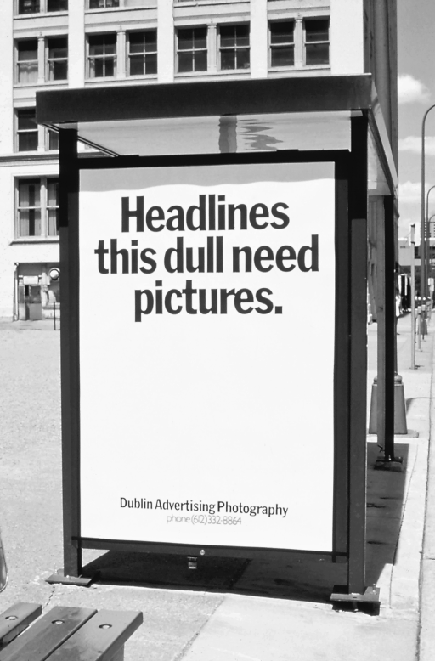
Figure 4.1 A short, five-word course in advertising.
4The Sudden Cessation of StupidityHow to Get Ideas—The Broad Strokes
Before we begin, a quick note. The first edition of this book came out in 1998—last century, basically. At the time, the possibilities of advertising online were just starting to be realized, and since then the number of media delivering advertising has gone fractal.
That said, to begin our discussion of advertising we still have to start somewhere, and so for the purposes of this book, we'll make the humble print ad our starting point. No, it's not interactive, and it doesn't link to other print ads. You don't have to go to L.A. to make one, and its life usually ends under a puppy or a bird. But in its simple two dimensions of white space, it contains all the challenges we need to discuss the entire creative process. In the little white square we draw on our pads, we'll learn design and art direction. We'll hone our writing. We'll learn how to be information architects—how to move a reader's attention from A to B to C—and these basic skills will stay with us and prove critical as we move from print ads to tweets. As Pete Barry says, “Print is to all of advertising what figure drawing is to fine art; it provides a creative foundation.”1
We'll be talking mostly about the crafts of copywriting and art direction, two infinitely portable disciplines. Everything ...
Get Hey, Whipple, Squeeze This now with the O’Reilly learning platform.
O’Reilly members experience books, live events, courses curated by job role, and more from O’Reilly and nearly 200 top publishers.

